It is never fun to find weeds on your lawn and within your landscape beds. While some are easy to get rid of, others are stubborn and need a professional to truly eradicate them. After being in the business since 2015, we have noticed the return year after year of 5 main common weeds in the Louisville, KY area. These include annual bluegrass, barnyardgrass, annual ryegrass, black medic, and dandelions.
Understanding the common weeds in the area will help you to identify the pesky plant that's encroaching on your lawn or garden. That way, you have a better idea of how to eradicate it!
1. Annual Bluegrass
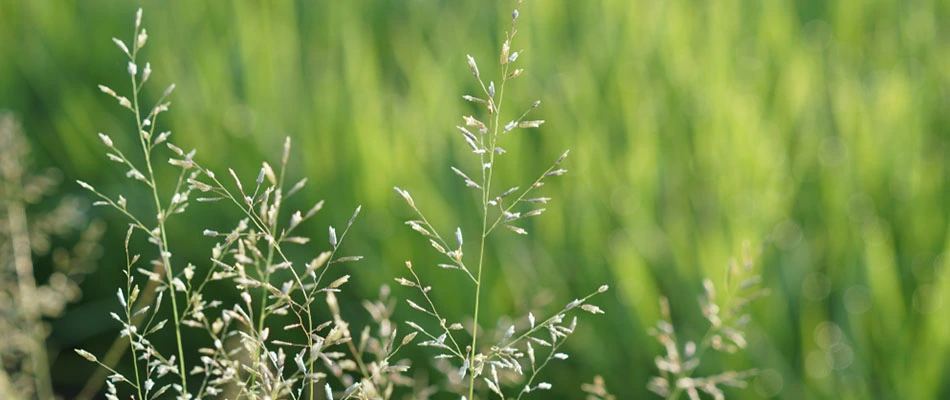
Annual bluegrass, which is also referred to as Poa annua, is a grassy weed commonly found in cool environments. Many property owners mistake this weed for grass.
- Identifying annual bluegrass: A tell-tale sign of annual bluegrass is its bright green or yellowish color, along with seed heads that resemble wheat.
- Combatting annual bluegrass: Most weed killers are ineffective at stopping annual bluegrass. So, it takes time, energy, and ample know-how to fight it. Annual bluegrass is resistant to traditional herbicides and requires an ongoing effort including pre-emergent and post-emergent weed control to stop it from invading your lawn.
DIY annual bluegrass treatments will likely not work. We highly suggest scheduling professional weed control treatments to eradicate these stubborn weeds.
2. Barnyardgrass
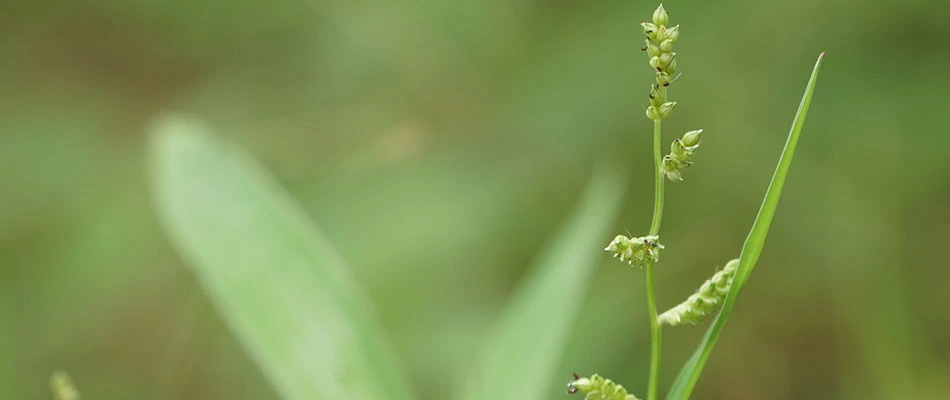
Barnyardgrass, also known as millet grass or watergrass, is a highly invasive weed. It is common in lawns across the northern Indiana region during the summer months.
- Identifying barnyardgrass: This particular weed grows tall - as high as 5 feet! While it is still small, however, you can identify it by the seeds that have a distinct purple hue. In the summer, you will notice that its flowers are the same purplish color.
- Combatting barnyardgrass: One of the reasons it's so difficult to eliminate this weed is it produces so many seeds. One barnyardgrass plant can produce 750,000 seeds! That's why you may want to consider getting help from a professional lawn care provider if you happen to see barnyardgrass in your yard.
3. Annual Ryegrass
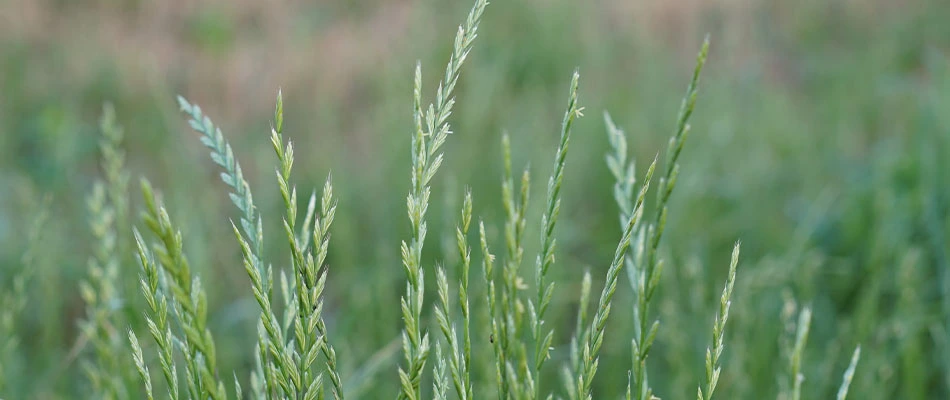
Annual ryegrass, not to be confused with perennial ryegrass, is another cool-season grass commonly found throughout Indiana. In the past, many farmers used it to cover bare spots of soil. However, today, it is now known that annual ryegrass is an invasive species that harms our desired plants.
- Identifying annual ryegrass: This weed can grow up to 3 feet tall and is identifiable by its long, red, and spikey seed heads. Another distinguishing characteristic of annual ryegrass is that it is reddish at its base but bright green from the stem to the leaf tops. The seeds are a golden color.
- Combatting annual ryegrass: If it survives the winter, this weed can prevent healthy grass from growing in the spring. Like other difficult weeds, the best way to ward off annual ryegrass is to have an experienced lawn care professional smother it with healthy grass while applying pre-emergent and post-emergent weed control as needed.
4. Black Medic
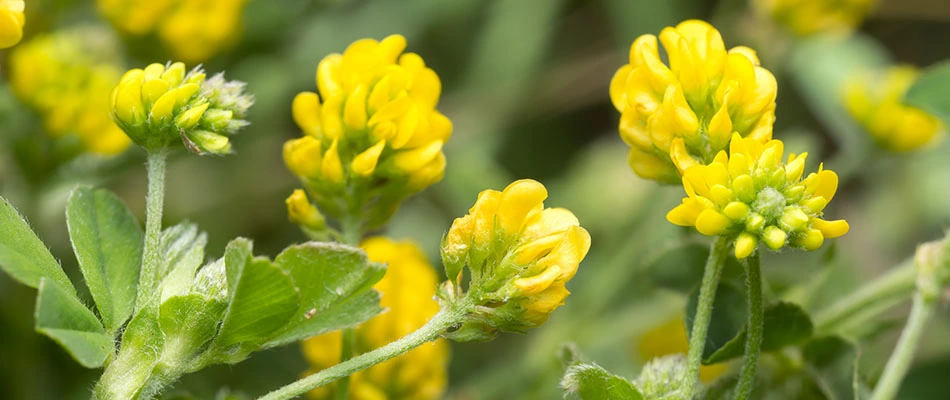
Black medic is an annual summer weed but has also been known to thrive during winter months - even surviving for several years at a time.
- Identifying black medic: Although the name is less common, it is likely that you have probably seen the black medic weed before if you live in or around Louisville. This particular weed features clover-shaped leaves and has yellow flowers. It also features seed pods that turn black as they mature.
- Combatting black medic: Black medic is attracted to compacted soil. If you notice this weed on your property, it is likely that your soil is in need of a little attention. Besides preventative measures, one of the best ways to suppress this weed is by using a non-selective weed killer. However, since this type of herbicide kills plants indiscriminately, it's recommended you rely on licensed professionals who can target black medic without harming your cherished plants.
5. Dandelions
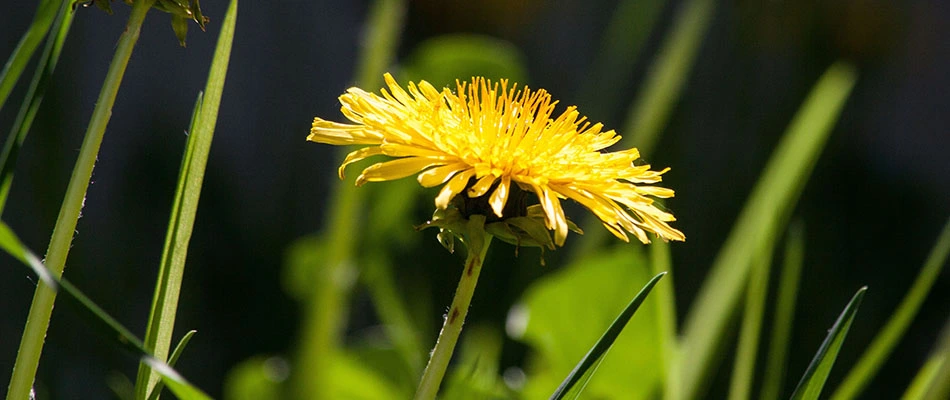
Dandelions are perennial weeds that thrive in warmer conditions with a continuous source of direct sunlight. This broad-leafed plant is common from the spring through the summer and dies as temperatures begin to cool.
- Identifying dandelions: Of the five weeds commonly found in the region, dandelions could be the most recognizable. You can spot them by their yellow flowers that develop into white seed puffs as the weed matures. These seeds eventually break off from the weed and float with the wind.
- Combatting dandelions: Dandelions make their home on bare patches of soil. Due to their deep 3-foot roots, they're very difficult to handle. In fact, many homeowners mistakenly pull them out only to find new ones take their place just a few days later. The best way to expel dandelions is to have a professional spray the plant with a broadleaf herbicide so your grass and other plants stays safe.
Show pesky weeds who's boss with professional weed control treatments. Call us today!
If not properly addressed, these 5 common weeds will rob your grass and plants of nutrients, water, and sunlight. Fortunately, if you're a property owner in Louisville, KY, or in a nearby city like Jeffersonville or New Albany, IN, our treatments can get these weeds under control for you.
The most effective way to eliminate annual bluegrass, barnyardgrass, annual ryegrass, black medic, and dandelions is our ongoing weed control program. If any of those weeds are encroaching on your lawn or if your lawn is free of weeds and you want to keep it that way, we can help. Call us at (812) 590-8864 to enroll in our weed control treatment program.

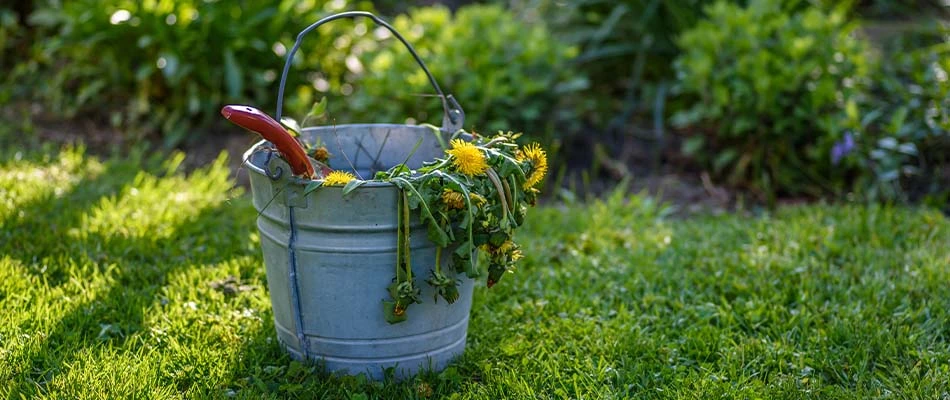

Comments (0)
Thanks for your comment!
Thanks for your feedback! Your comments have been successfully submitted! Please note, all comments require admin approval prior to display.
Error submitting comment!
There is a problem with your comment, please see below and try again.